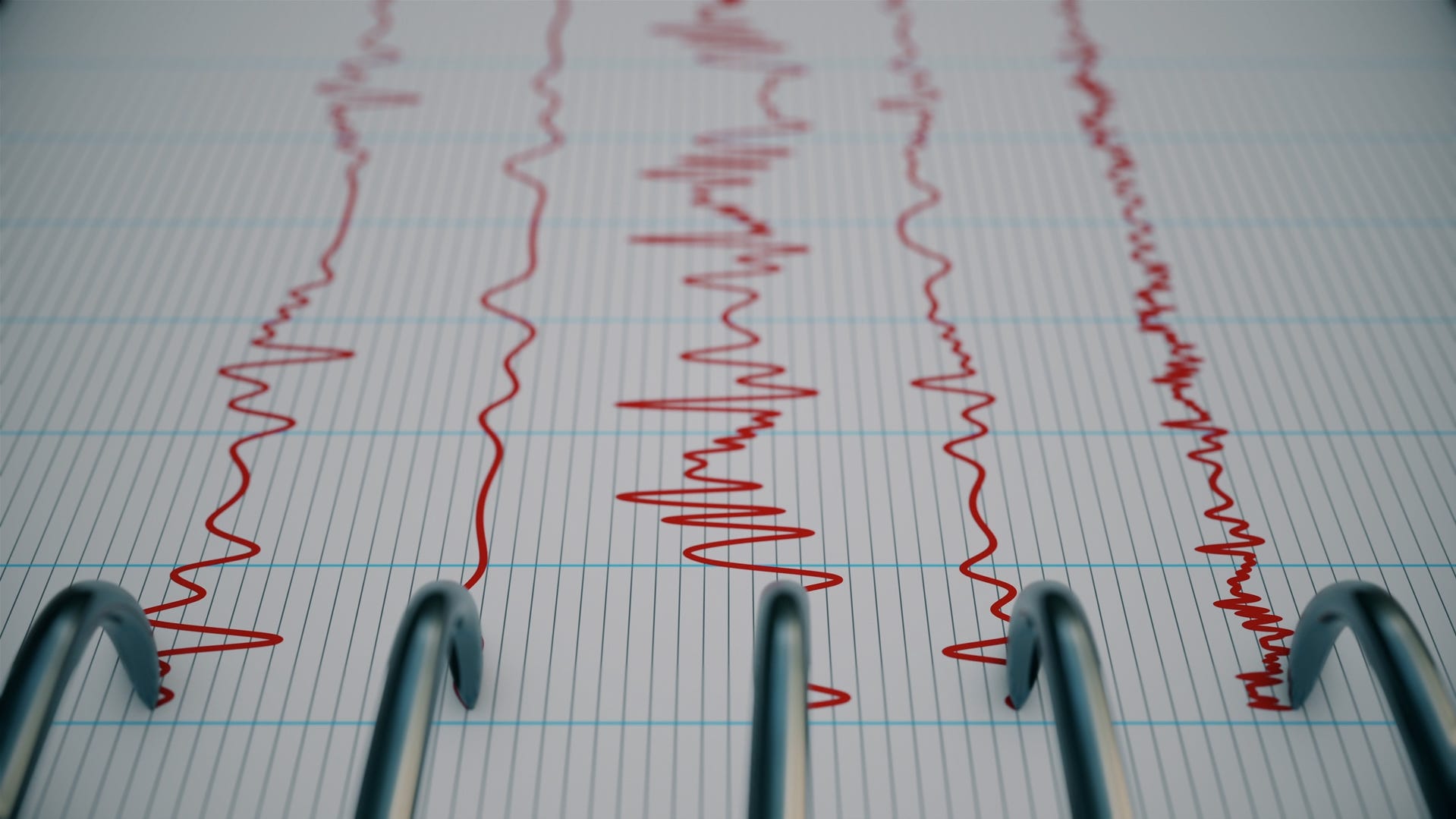Massive West Coast earthquake will do far more than shake the ground, report warns
In some areas, the ground could sink 6 feet in the moments after an earthquake in the Pacific Northwest, researchers warned.

A nightmarish scenario for the Pacific Northwest has gotten a dramatic update.
Researchers have long warned that a stretch of coast in Oregon and Washington state is capable of producing an incredibly powerful earthquake that could kill thousands, shattering critical bridges, destroying undersea communication cables and producing a tsunami. It's a disaster scenario that "could happen at any time," according to a 2013 analysis.
A new report, published on April 28 by the Proceedings of the National Academy of Sciences, highlights one risk in particular: coastal ground that rapidly drops, causing nearly instantaneous flood risk.
The phenomenon, called "sudden coastal subsidence," can happen within moments of a massive earthquake. In some areas, the ground could sink 6 feet, researchers warned. (A similar situation unfolded in the 1964 earthquake in Alaska, a previous report published by the U.S. Geological Survey found.)
Researchers painted a grim picture of what could happen in the Pacific Nortwest: "Along the Washington, Oregon, and northern California coasts, the next great Cascadia subduction zone earthquake could cause up to 2 m of sudden coastal subsidence, dramatically raising sea level, expanding floodplains, and increasing the flood risk to local communities."
The report highlights how, over time, climate change will increase risk for such earthquake-induced flooding.
But for those used to the constant looming threat of a major earthquake, the relatively low probability of such a disastrous scenario may be a small comfort: the study says there's a 15% probability of such an earthquake in the next 50 years. (Meanwhile, disastrous earthquakes in California are more likely, USGS estimates.)
How to prepare for an earthquake disaster
Huge earthquakes have long been an existential crisis for millions along the West Coast, as documented in a 2022 Paste BN report. But experts said there are real things people can do to help them prepare for a major disaster.
To start, you'll at least want a flashlight and a way to charge your phone. And you should be prepared to have your access to electricity or water cut off for days or weeks.
Here's a few practical tips:
- When trying to use your phone, text – don't call. In a disaster, text messages are more reliable and strain cell networks less.
- To power your phone, you can cheaply buy a combination weather radio, flashlight and hand-crank charger to keep your cell running even without power for days.
- A cash reserve is good to have, seismologist Lucy Jones previously said. You'll want to be able to buy things, even if your credit card doesn't work for a time.
- Simple things like securing bookshelves can save lives. Downloading an early warning app can give you precious moments to protect yourself in the event of a big quake. Buying earthquake insurance can protect homeowners. And taking part in a yearly drill can help remind you about other easy steps you can take to prepare.
But perhaps the most important tip from experts: Get to know your neighbors now. It's not just a nice idea – in the event of an emergency, strong community ties can be a literal lifeline.